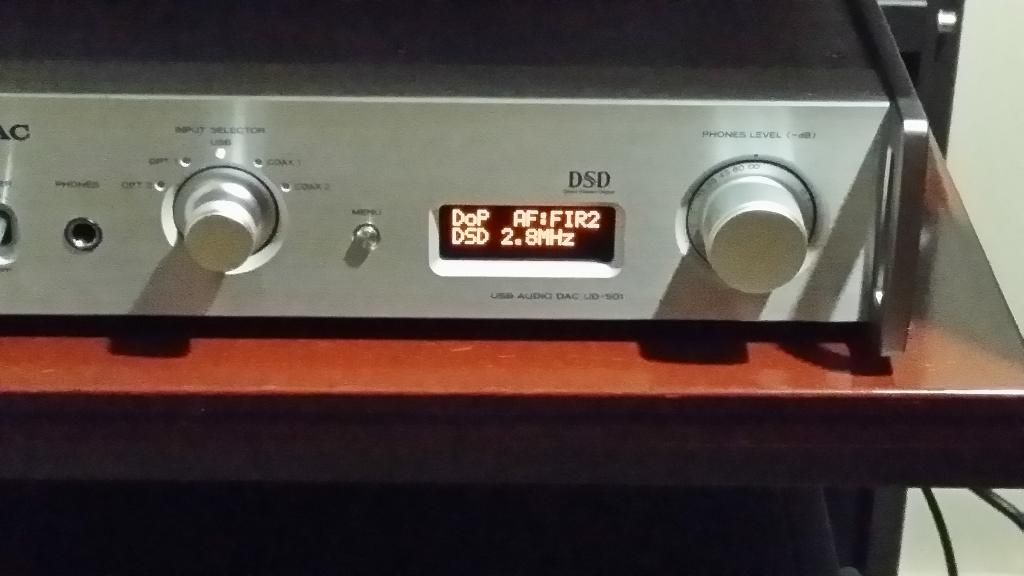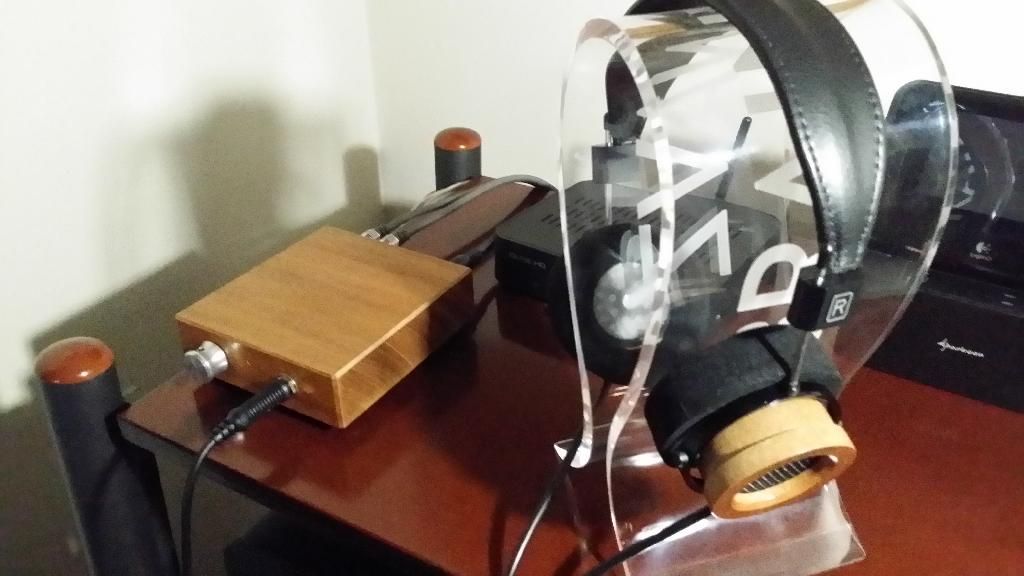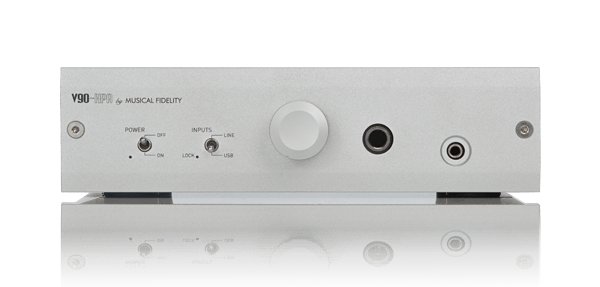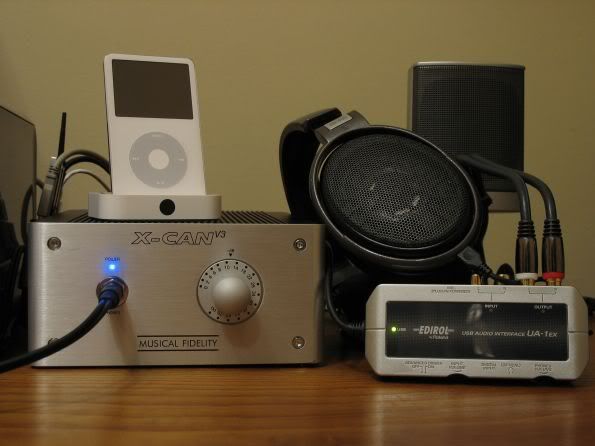Con respecto al cable y siendo 7 metros he mirado a ver qué dice la Wikipedia y yo no usaría cables de más de 5 metros, menos aún siendo un dispositivo que moverá grandes volúmenes de datos con los archivos alta resolución.



The data cables for USB 1.x and USB 2.x use a twisted pair to reduce noise and crosstalk. USB 3.0 cables contain twice as many wires as USB 2.x to support SuperSpeed data transmission, and are thus larger in diameter.[58]
The USB 1.1 Standard specifies that a standard cable can have a maximum length of 3 meters with devices operating at Low Speed (1.5 Mbit/s), and a maximum length of 5 meters with devices operating at Full Speed 12 Mbit/s.[citation needed]
USB 2.0 provides for a maximum cable length of 5 meters for devices running at Hi Speed (480 Mbit/s). The primary reason for this limit is the maximum allowed round-trip delay of about 1.5 μs. If USB host commands are unanswered by the USB device within the allowed time, the host considers the command lost. When adding USB device response time, delays from the maximum number of hubs added to the delays from connecting cables, the maximum acceptable delay per cable amounts to 26 ns.[59] The USB 2.0 specification requires that cable delay be less than 5.2 ns per meter (192 000 km/s, which is close to the maximum achievable transmission speed for standard copper wire).
The USB 3.0 standard does not directly specify a maximum cable length, requiring only that all cables meet an electrical specification: for copper cabling with AWG 26 wires the maximum practical length is 3 meters (9.8 ft).[60]




 aunque supongo que todo tiene un motivo y en lugar de estar en el rack lo acabarás poniendo junto al iMac.
aunque supongo que todo tiene un motivo y en lugar de estar en el rack lo acabarás poniendo junto al iMac.















